Goshuin - Temple Stamps in Japan: Meaning and How to Collect

Japanese shrines and temples offer visitors goshuin stamps that serve as beautiful keepsakes. Learn their meaning and tips on collecting temple stamps in Japan.
Goshuin: Japan's Temple Stamps

A goshuin is a red stamp that certifies a visit to a shrine or temple. It also serves as a symbol of a person's connection with the deities.
Historically, visitors had to copy a sutra by hand and dedicate it to the temple in order to receive a stamp. Nowadays, visitors can obtain goshuin in exchange for a small fee.
The typical price for a standard temple stamp ranges from 300 to 500 yen. Limited edition goshuin stamps typically cost between 500 and 1,000 yen.
Guide to Goshuin Temple Stamps
1. The Evolution of Goshuin
2. Guidelines for Collecting Temple Stamps: Goshuincho Books
3. General Etiquette
4. How to Read a Goshuin Stamp
Top 5 Unique Tempel and Shrine Stamps
5. Meiji Jingu Shrine
6. Sakura Jingu Shrine
7. Seikoin Temple
8. Musashino Reiwa Shrine
9. Homangu Kamado Shrine
The Evolution of Goshuin Temple Stamps

The limited edition Chrysanthemum Festival stamp from Kasama Inari Jinja (Kasama City, Ibaraki Prefecture)
In the past, goshuin typically consisted of a simple stamp along with the name of the shrine or temple written in brushstrokes. Today, they have evolved into colorful, artistic creations, often featuring intricate designs. Some goshuin even include charming or beautiful illustrations.
As a result, many people from around the world have begun collecting goshuin stamps.
Guidelines for Collecting Tempel Stamps: Goshuincho Books

A goshuincho (stamp book) can be purchased at major shrines, temples, and bookstores. Prices range from 1,000 to 2,000 yen.
Sizes

The goshuincho of Chusonji Temple (left/large size) and Ise Grand Shrine (right/small size)
A large book is 18 x 12 centimeters, while a smaller size is 16 x 11 centimeters. Our MATCHA editor uses a larger size goshuincho, since it's easier to sign and fits larger stamps.
After selecting a stamp book of your own, you can start your collection!
Should You Sort Stamps According to Temples and Shrines?
Some people believe that the stamps of shrines and temples should not be mixed in one book. This policy may be due to an ordinance dating back to the Meiji Period (1868-1912) that completely separated Shinto from Buddhism.
Some shrines or temples may decline signing a book with mixed stamps. However, this is quite rare, so visitors should not be worried. Our writer personally uses two books, one for each religion, since it's easier to sort and organize the stamps.
General Etiquette
Please note that there are a few basics manners that must be observed.
When obtaining a goshuin, go to the shrine or temple office, which is typically labled "goshuin-sho" or "nokyo-sho."
| Rules |
| Pay your respects to the shrine by praying before requesting a goshuin. |
| Do not use an ordinary notebook. |
| Wait quietly during the signing. Do not take photographs of the calligrapher. |
| Be sure to thank the calligrapher. |
| Do not resell the stamp. |
↑ Return to the top of article.
How to Read a Goshuin Stamp

The goshuin of Nakayama-dera Temple (Takarazuka City, Hyogo Prefecture/left) and Akama-jingu Shrine (Shimonoseki City, Yamaguchi Prefecture/right)
While the positioning of the red stamp varies at each shrine or temple, the general layout and definitions are as follows:
| Number | Temple | Shrine |
| 1 | Hohai (worship) | Hohai (worship) |
| 2 | Fudasho number (this part may remain blank at some temples) | Imperial chrysanthemum crest (available if the shrine is associated with the Imperial Family) |
| 3 | Enshrined deity | Name of the shrine |
| 4 | Seal of the orb (Sanskrit characters will be in the center) | Seal of the shrine |
| 5 | Name of the temple | N/A |
| 6 | Seal of the temple | N/A |
| 7 | Date of the visit | Date of the visit |
| 8 | Commemorative stamp | N/A |
↑ Return to the top of article.
Top Five Unique Stamps
Our writer has amassed a stunning goshuin collection of around ten books. The following are five unique stamps that he recommends snagging!
1. Meiji Jingu Shrine

May 1, 2019, marked the start of the Reiwa Era in Japan. To commemorate this historic day, many people lined up at Meiji Jingu Shrine to obtain a goshuin.
Our writer also waited in line for five hours from 8:30, so this truly is a memorable stamp.
Hotels near Meiji Shrine
2. Sakura Jingu Shrine

Sakura Jingu in Tokyo's Setagaya Ward offers a limited-edition goshuin when the two Kawazuzakura cherry trees in front of the main shrine bloom.
Signed with golden Indian ink and stamped with pink cherry blossom seals, this goshuin is a wonderful piece of art.
3. Seikoin Temple

The "hebi-ishi" (serpentine stone) is said to bring good luck with money. This mysterious stone is enshrined at Seikoin Temple in Higashiizu, Shizuoka Prefecture. The chief priest reportedly has a pet white snake, which is believed to embody the sea goddess Benzaiten.
The limited-edition goshuin is only available when the white snake sheds its skin. The gold-colored photograph in the lower right part captures this image.
↑ Return to the top of article.
4. Musashino Reiwa Shrine

This goshuin was obtained at Musashino Reiwa Shrine, which was named after the new Imperial era. It is located next to the Kadokawa Culture Museum, a new landmark in Saitama Prefecture.
The design of the shrine was supervised by the world-renowned architect Kengo Kuma. The ceiling painting in the main shrine was drawn by the anime character designer Yoshitaka Amano, who was in charge of the illustrations for "Final Fantasy." Fans shouldn't miss out on this opportunity!
↑ Return to the top of article.
5. Homangu Kamado Shrine

This shrine is a ten-minute drive from Dazaifu Tenmangu in Kyushu, and has garnered popularity due to the anime "Demon Slayer: Kimetsu no Yaiba."
Kamado Shrine has a few similarities with the anime, such as the name of the protagonist, Tanjiro Kamado. Some of the wooden prayer plaques offered to the shrine feature illustrations of anime characters. They are all beautifully drawn, capturing the essence of this hit manga series.
Hotels near Homangu Shrine Kamado Shrine Shimomiya
↑ Return to the top of article.
FAQ
Do all shrines have goshuin?
While goshuin are commonly available at many shrines and temples throughout Japan, not every single shrine or temple may offer them. Some smaller or less visited shrines and temples may not have a designated goshuin office or may not participate in this practice.
However, popular and well-known shrines and temples often provide goshuin services as part of the cultural and spiritual experience for visitors.If obtaining a goshuin is a specific part of your visit that you wish to experience, it is advisable to research in advance to identify which shrines and temples offer goshuin and to familiarize yourself with the proper etiquette and procedures involved in receiving them during your visit.
What is a goshuin book?
A goshuin book, or "goshuinchō" in Japanese, is a special notebook used to collect unique seals or stamps called goshuin from shrines and temples in Japan. These seals, created by monks or shrine priests, contain the site's name, visit date, and sometimes prayers. The book serves as a personal record of spiritual journeys and is a treasured keepsake, symbolizing reverence for Japanese culture and the significance of visited sacred places. Collecting goshuin in a goshuin book is a popular practice that deepens connections to the spiritual essence of these sites.
Is goshuin Buddhist or Shinto?
Goshuin are traditionally associated with Buddhist temples in Japan rather than Shinto shrines. These specially inscribed seals or stamps, obtained by worshippers and visitors at temples, are a significant part of the Buddhist cultural heritage in Japan. Goshuin are typically received as a form of blessing or symbol of a pilgrim's spiritual journey, reflecting the connection between the individual and the temple's practices.
While goshuin are not typically associated with Shinto practices, Shinto shrines may have their own unique forms of calligraphic seals or stamps, such as "shuin." Shuin from Shinto shrines serve a similar purpose in that they provide a commemorative mark of a visitor's pilgrimage or visit to the shrine and often carry blessings or good wishes.
What are the stamps at temples in Japan?
The stamps at temples in Japan are called goshuin. These stamps are unique and specially inscribed seals or stamps that worshippers and visitors can collect as souvenirs or keepsakes of their visit to a shrine or temple. Goshuin are typically created by monks or shrine priests using calligraphy brushes and ink. Each goshuin entry includes the name of the shrine or temple, the date of the visit, and sometimes a prayer or blessing.
Collecting goshuin stamps is a popular and culturally significant practice in Japan, allowing visitors to create a personal record of their spiritual journey and experiences at various religious sites. These stamps serve as tangible reminders of reverence for Japanese traditions, spiritual connections, and the cultural richness found at shrines and temples throughout the country.
Is there a stamp at Sensoji Temple?
Yes, Sensoji Temple in Asakusa, Tokyo, is a popular and iconic temple where visitors can obtain goshuin, the specially inscribed seals or stamps that are traditional souvenirs from shrines and temples in Japan. When you visit Sensoji Temple, you can typically receive a goshuin stamp at the temple's stamp office or designated location within the temple complex.
A Connection with Japanese Culture
While reasons for collecting goshuin vary among visitors, a common thread is forging a connection with traditional Japanese culture. By starting your own stamp collection, you'll create connections with shrines and temples while making special memories.






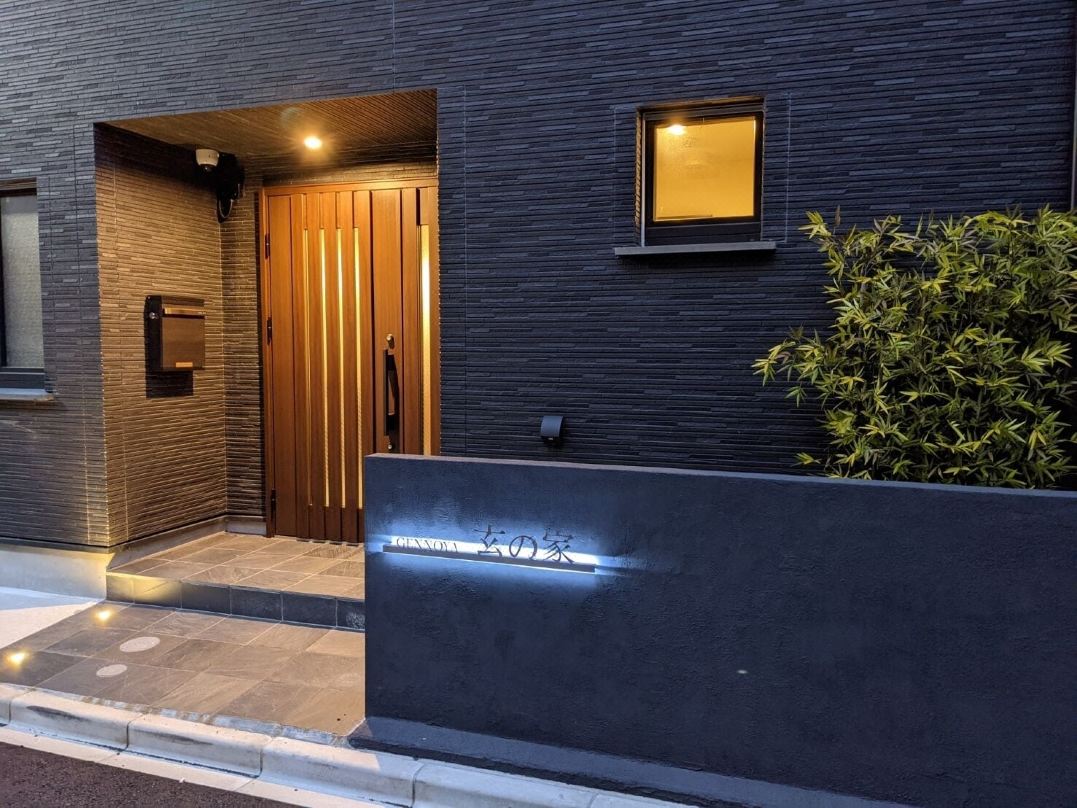
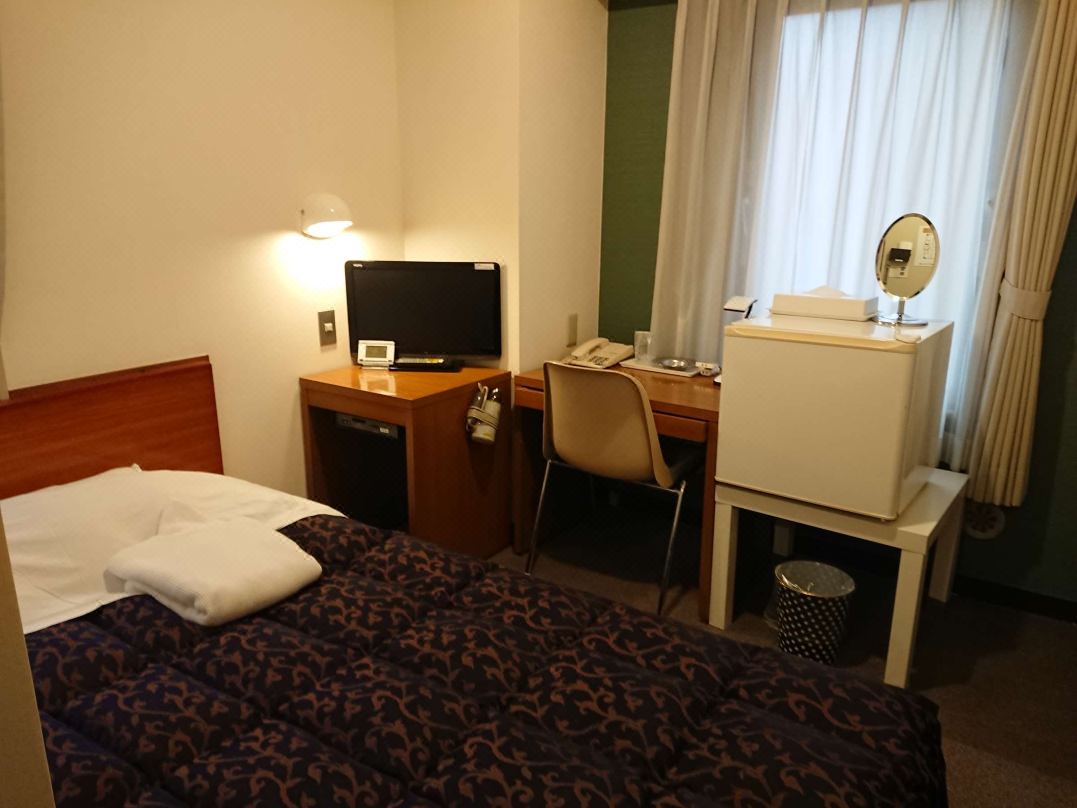



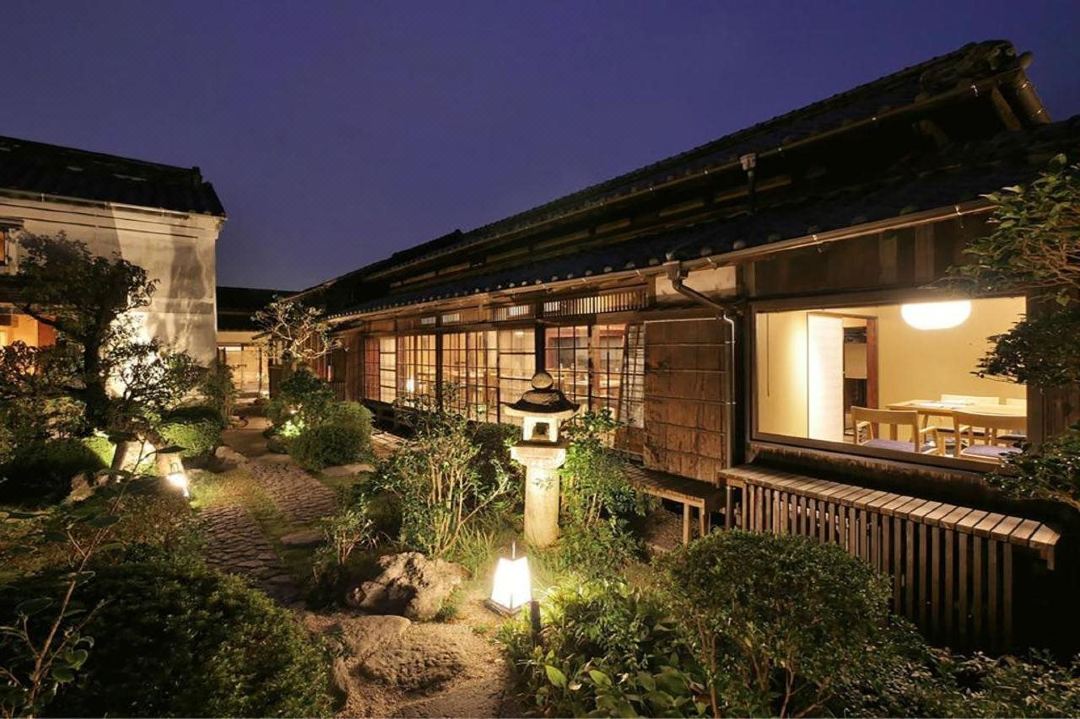
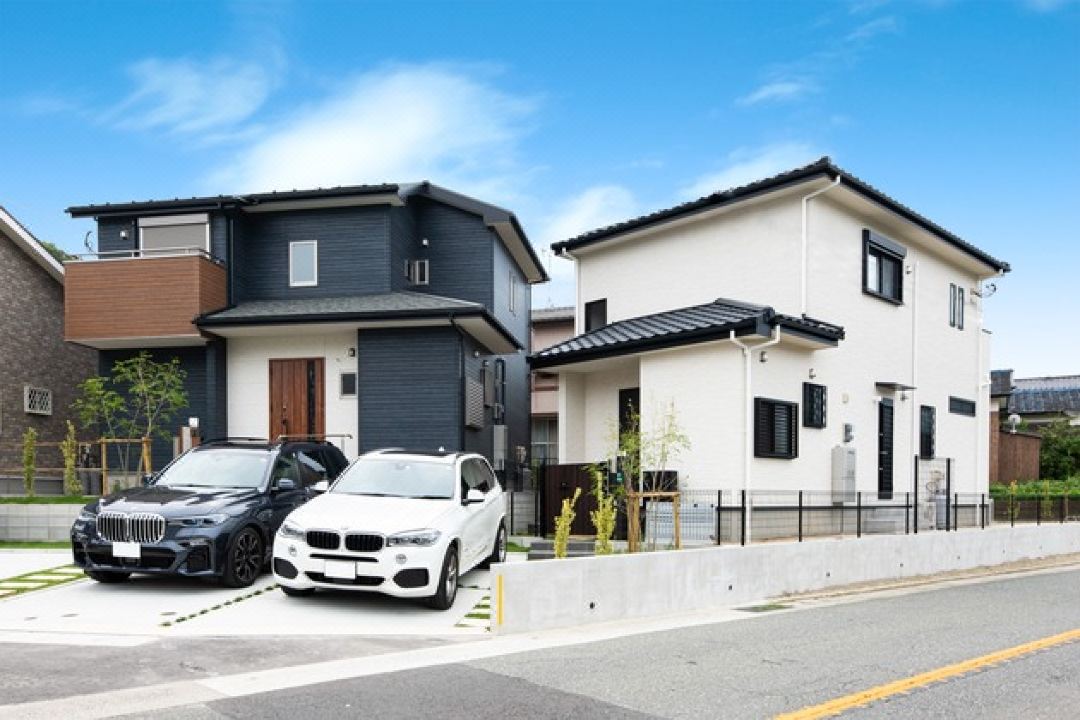



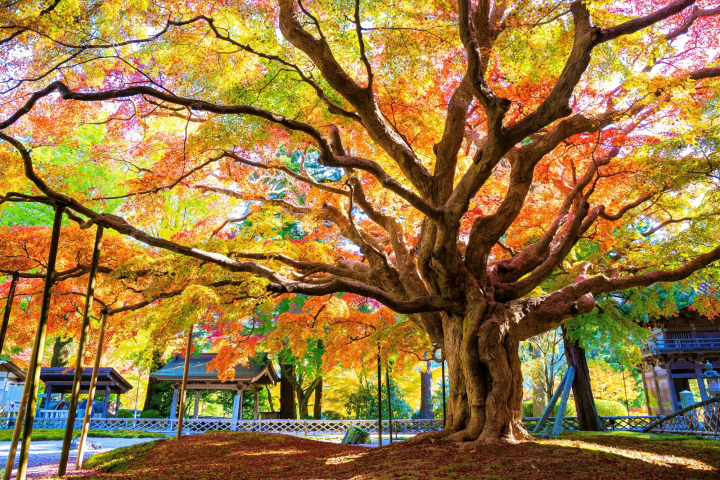




















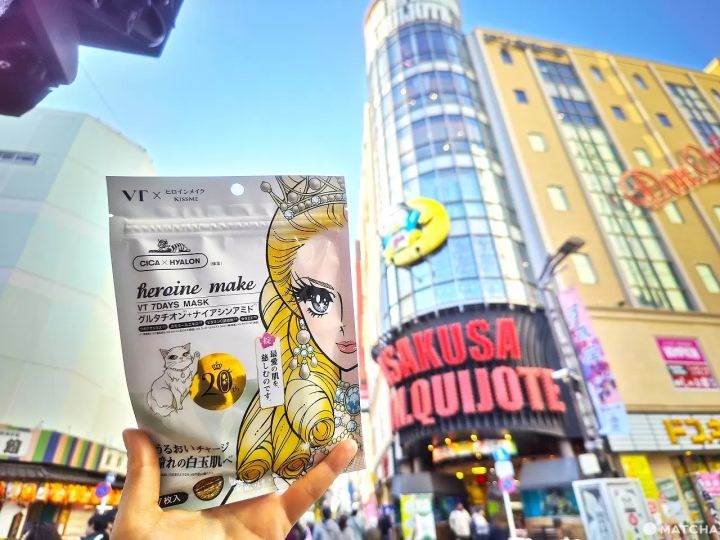

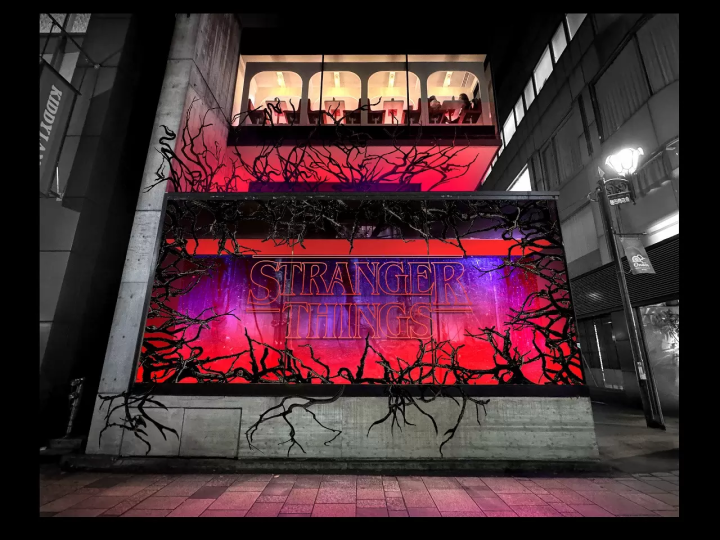
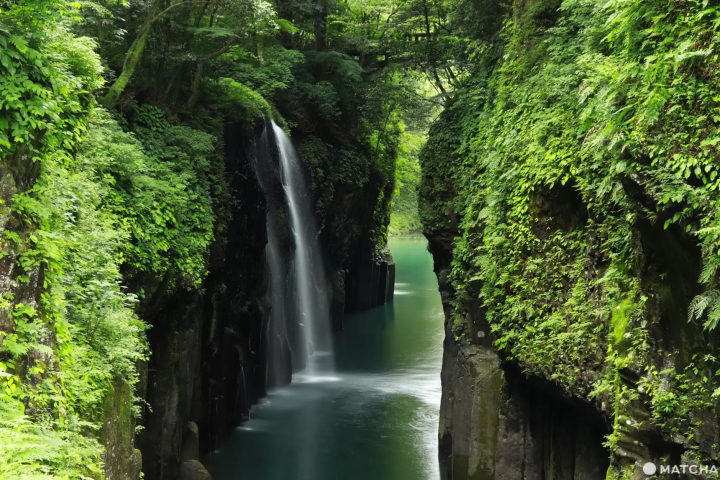




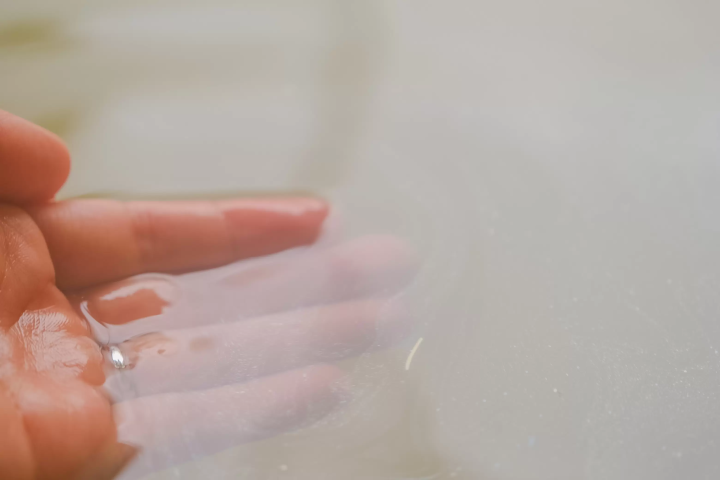


![[Wakayama Guide] Ume and Umeshu (Plum and Plum Wine)](https://resources.matcha-jp.com/resize/720x2000/2025/12/08-252248.webp)
![[2025 Update] From Kansai Airport to Namba - Recommended for travelers with large luggage! Travel comfortably by bus](https://resources.matcha-jp.com/resize/720x2000/2025/10/25-248088.webp)